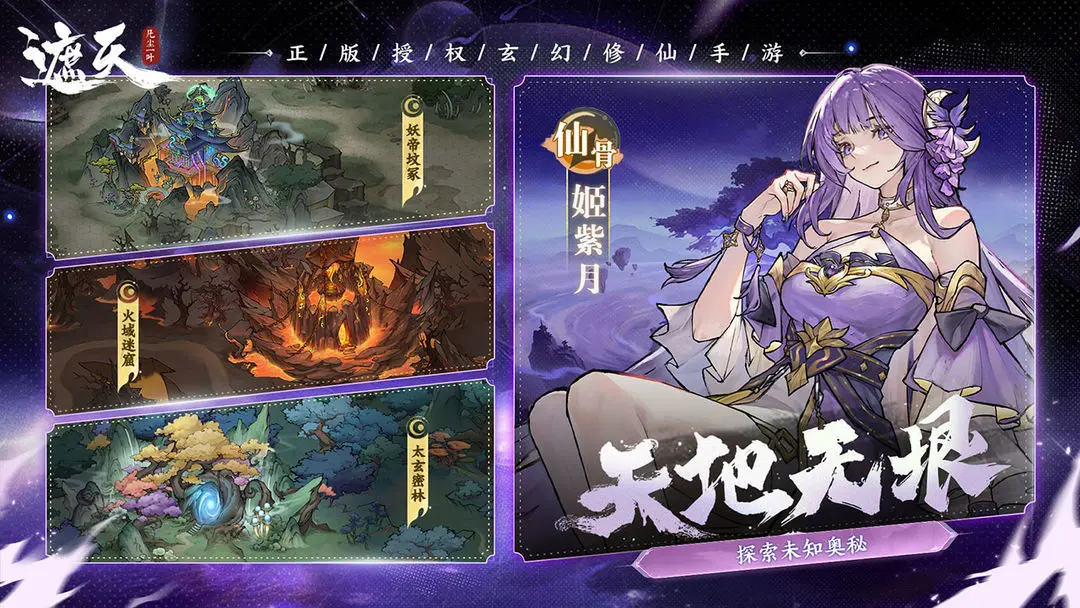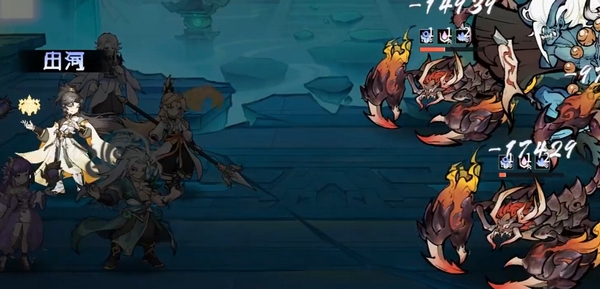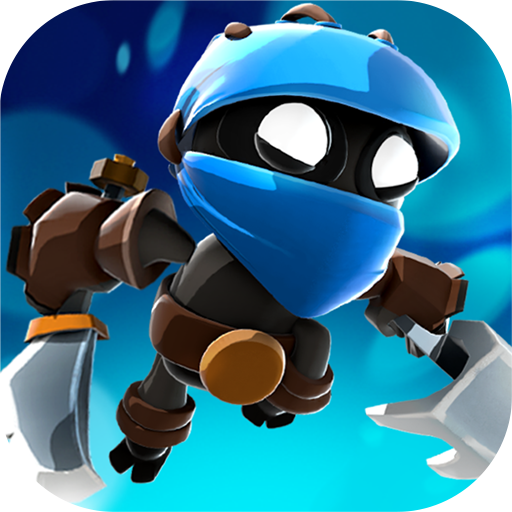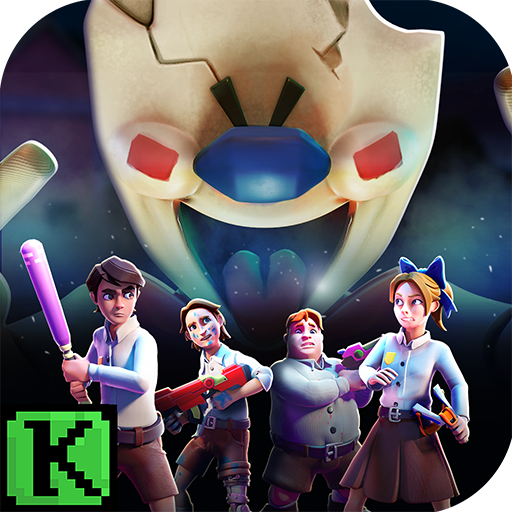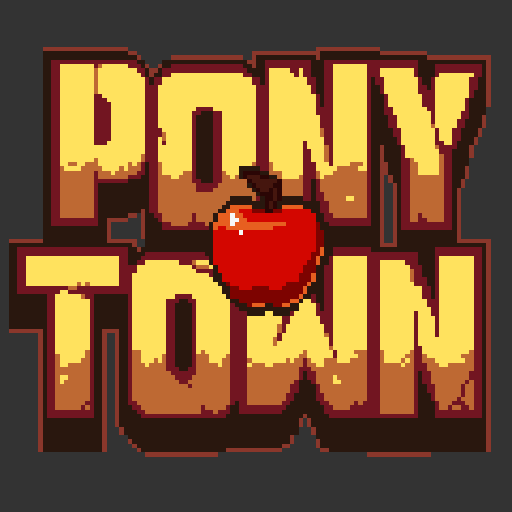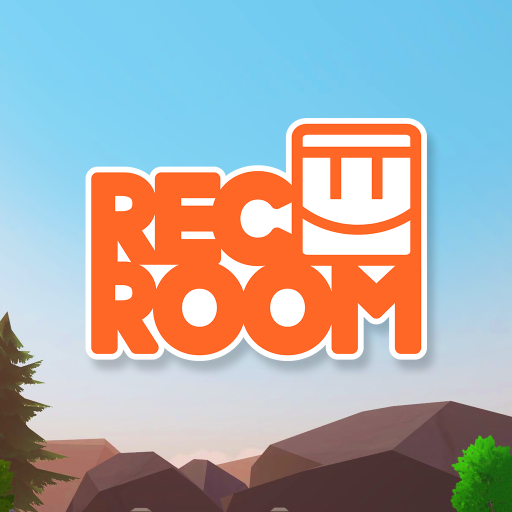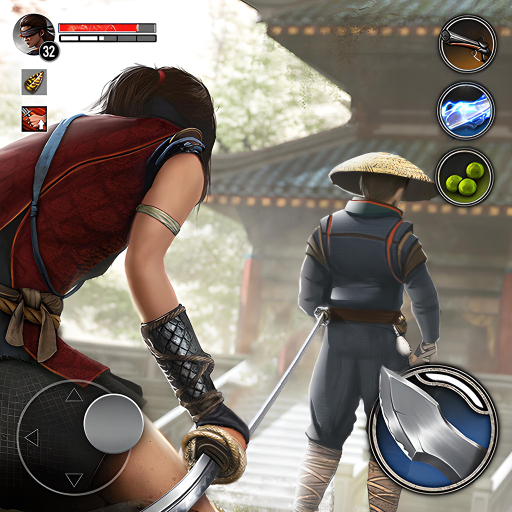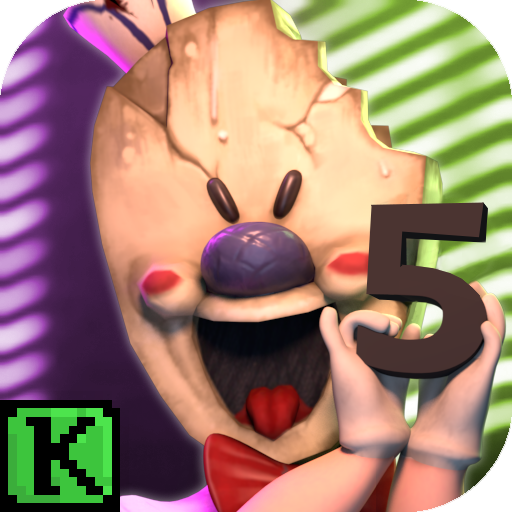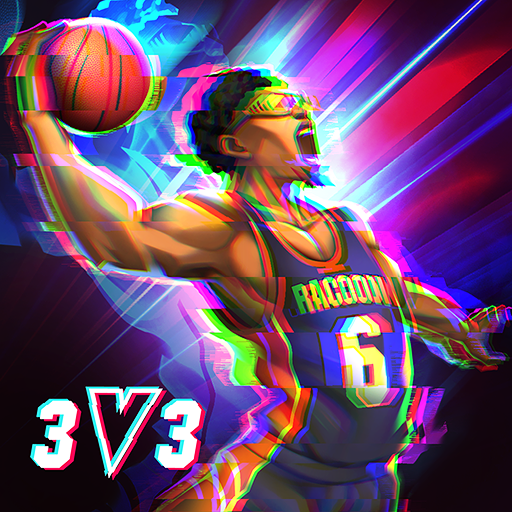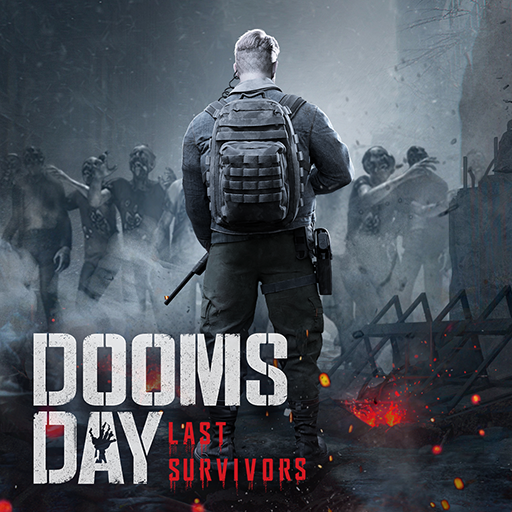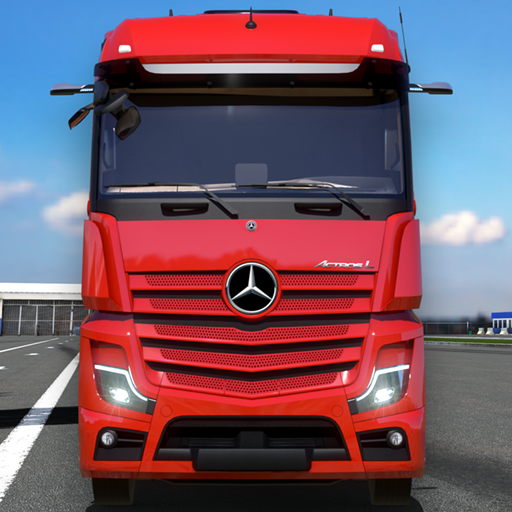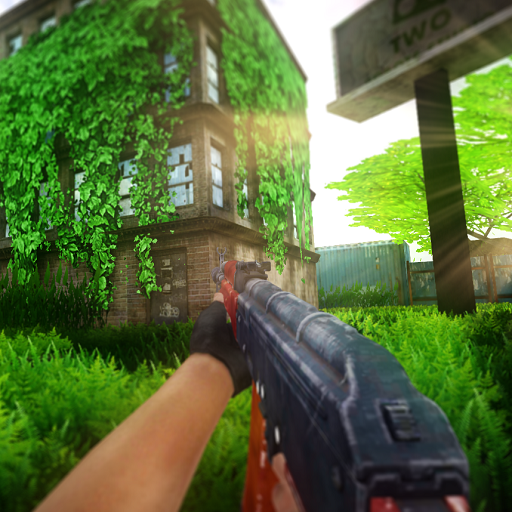Today, I'm bringing you a guide on recommended hiding spots for the "Hide and Seek" game. In "Hide and Seek," the technique of burrowing, which relies on the terrain, is an advanced strategy that provides hiders with unconventional concealment possibilities. This special state, achieved through model interaction and terrain gaps, not only significantly reduces the chances of being discovered but also requires precise control over map details and operational timing. It becomes a crucial method for advanced players to increase their survival rate. Let's take a closer look.
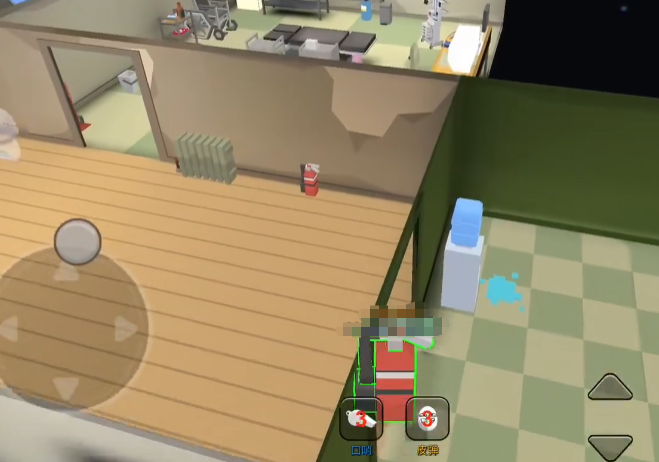
The varied terrain structures of different maps provide diverse conditions for burrowing. In the school map, the area connecting corridors and staircases in the teaching building often has slight model gaps. Hiders, if transformed into small items like chalk or erasers, can move slightly and crouch at the edge of the steps close to the wall corner, potentially embedding part of the model into the angle between the ground and the wall, exposing only the edge, blending visually with the surrounding tile texture. At the junction of the running track and the lawn on the playground, due to the difference in material modeling, there is a transition zone with varying heights. By repeatedly adjusting the standing position, one can use the vegetation model of the lawn to partially obscure the body, achieving a semi-burrowed effect.
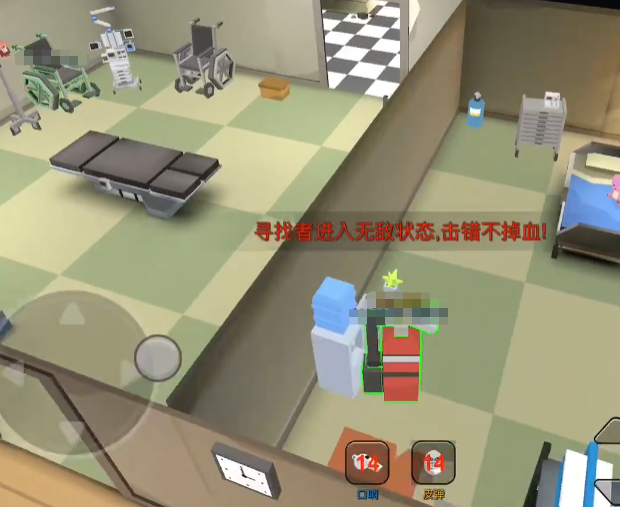
The outdoor scenes in city maps hide even more opportunities for burrowing. The gap between the bottom of benches and the ground in the park area is suitable for small, flat items to hide. Aligning the model edges with the shadow of the bench frame and making slight movements can make part of the body appear to sink into the ground texture, seemingly integrating with the ground from a frontal view. At the color-layered area where parking space lines meet the ground, transforming into micro-items like coins or keys can exploit the visual error at the line edges to achieve burrowing. Coupled with the shadow under vehicles, this further decreases the risk of exposure. The key to such spots lies in using the natural transitions of environmental textures to mask the abnormal connection between the model and the ground.
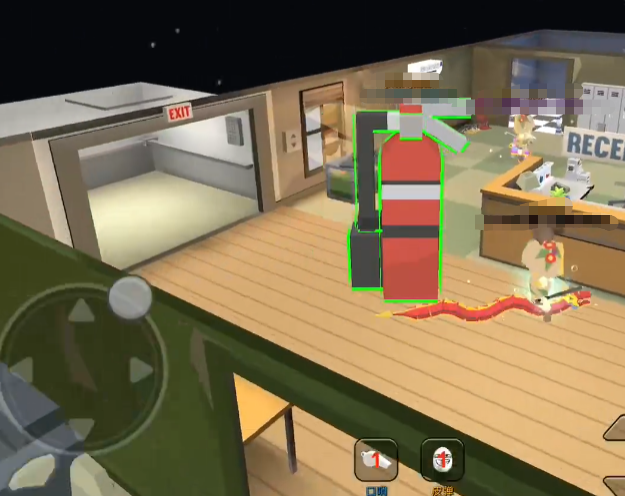
In maps with dense artificial structures, the bottoms of functional facilities are often ideal for burrowing. For example, at the base of the banquet hall pillars in the castle map, there are modeling gaps due to stone joints. When disguised as items like candlestick bases or coins, moving slightly and rotating near the pillar foot can embed the model edge into the brick texture of the ground. In the factory map, the connection between conveyor belts and the ground is suitable for transforming into industrial small objects like screws or washers. Utilizing the shadows of mechanical structures and the metal texture of the ground, repeated fine-tuning of the position can achieve burrowing. The continuous operation of the conveyor belt can also distract the seekers.
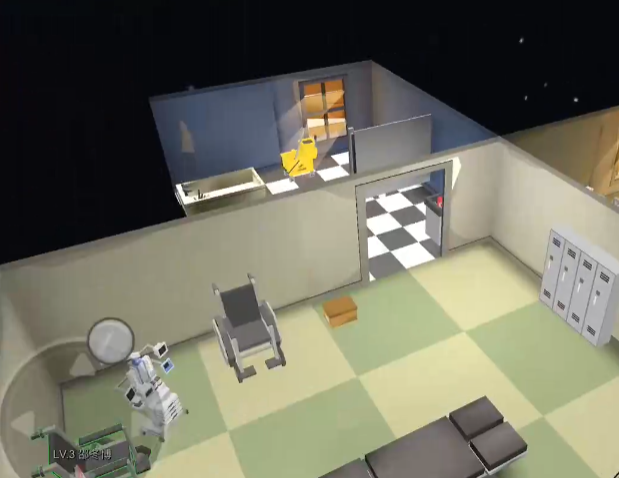
The guide on recommended hiding spots for the "Hide and Seek" game ends here. The core charm of the burrowing technique lies in deeply exploring the map details. After players become familiar with the operational essentials of each spot through repeated practice, they can quickly identify potential burrowing opportunities in various scenes, elevating their integration with the environment to new heights.
